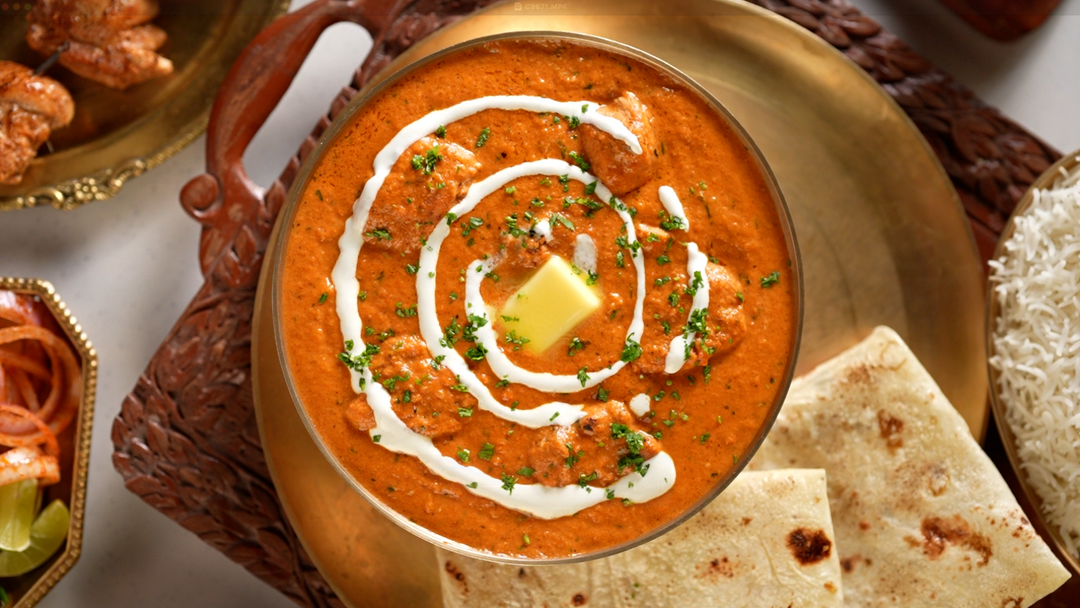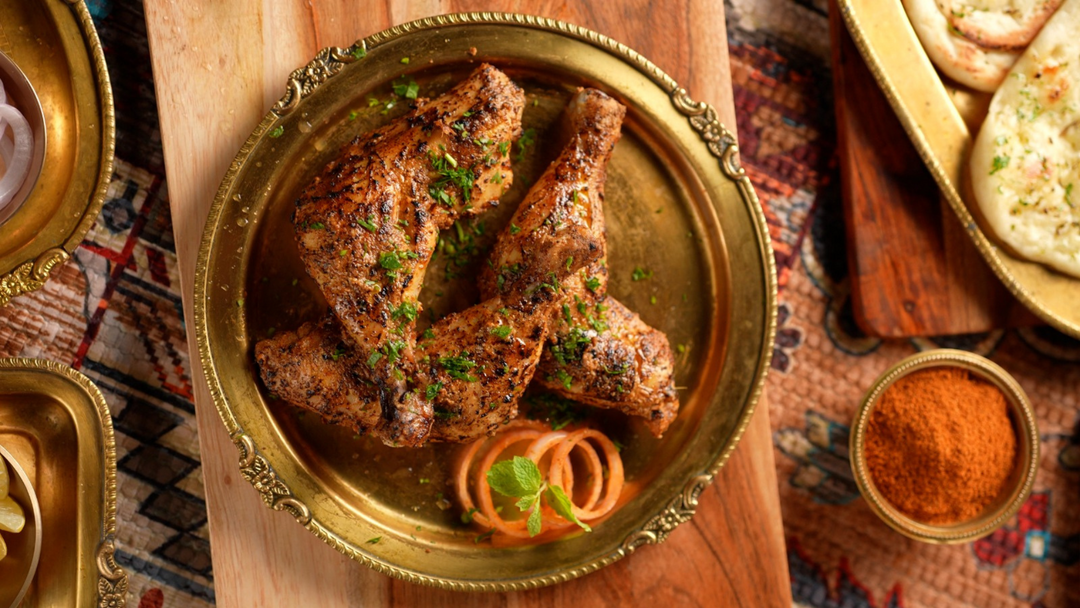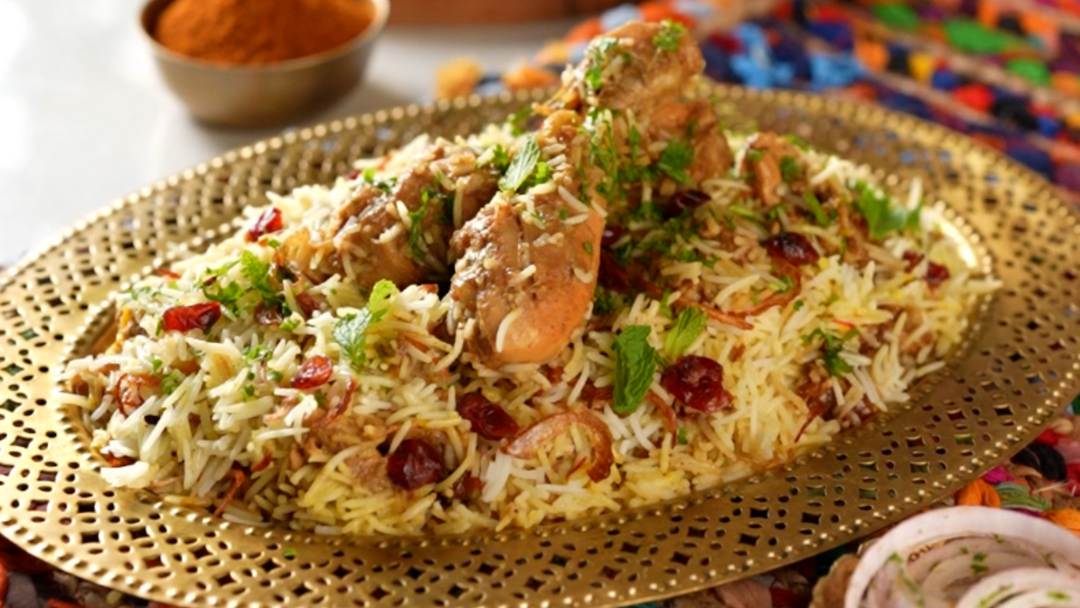How To Cook The Best Basmati Rice

THE QUEEN OF RICE, Basmati has been grown at the foot of the Himalayan mountain range for thousands of years. Literally translated it means 'queen of fragrance'. The rice is known for its delicate, woody fragrance and comes in either white or brown varieties. Mrs Singh advocates the use of an aged variety and of the highest quality that you can find.
Mrs Balbir Singh says:
"An Indian rice dish is an object of exquisite beauty. It is the main attraction on a table, spreading its fragrance all over the dining room. Other dishes appear like satellites revolving round this mother planet."
Basmati Rice - Pan Method
Category: Indian Rice Cookery
You Will Need:
- Basmati Rice* (preferably Aged)
- Water*
- Ghee or Clarified Butter
*Whatever the measure of rice you use. For example, 1 cup would serve 2 people, soak the rice in double that measure of water in Step 2 below, in this example 2 cups.
Step 1:
Place the rice in a bowl. Rinse the rice by running it through cold water at least 2 to 3 times. Having drained that first water off and discarded it, soak the rice in exactly double the amount of water to rice for half an hour.
Step 2:
After the above-mentioned half hour, drain all the water from the bowl into a medium to large saucepan depending on the amount of rice you are making, heating it gently but not so that it reduces in amount.
In a frying pan heat approximately 2 tablespoons of ghee until it is hot and starts to sizzle when you put a grain or two of rice in. Add the rice and stir fry for 5-7 minutes. This is a stage that will help to stop the end product from becoming soggy and keep each rice grain separate.
Step 3:
Then add the rice into the pan of heated water, stir, and cook on medium heat until the majority of the water dries up. Reduce the heat to low, cover the top of the pan with a lid. This stage will help finish the cooking of the rice in steam, which is called DUM cooking - until the rice grains become soft.
Alternative last stage: when the water is three-quarters evaporated, place the pan into a low heat oven of 120 degrees C or 250 degrees F). If the pan is not oven-proof you can transfer its contents into an oven-proof dish. Cook in the oven until it looks like the grains have softened and have separated from each other.
Serve:
Remove from oven. Let stand for a few minutes, then run a fork through the rice to fluff it up and help to further separate the grains. Garnish with a small sprig of coriander or parsley before bringing to the table. Enjoy with all types of curries or daal dishes.
Note:
If using the above 'pre-soak' method and using a rice cooker or a pressure cooker then you will need to reduce the water to one and half times the measure of rice as opposed to two times in the above-described pan method recipe.
Amazing Rice Recipes:
There's a whole chapter in Mrs Balbir Singh's book dedicated to amazing rice dishes from non-vegetarian (think Mutton Pullao) and vegetarian pullaos like the Gobi or Cauliflower Pullao. Right through to the famous and elaborate Shahjehani Pullao fit for royalty. Not forgetting some outstanding biryanis! We'll add some links here soon for these timeless classic when they go live on our recipe section.
IF YOU HAVEN'T ALREADY, SIGN UP TO OUR NEWSLETTER AT THE FOOTER OF ANY PAGE ON OUR SITE TO MAKE SURE YOU DON'T MISS WHEN WE RELEASE THEM!
Mrs Balbir Singh
Award-winning godmother of Indian home cooking, and author of Mrs Balbir Singh's Indian Cookery, as featured in "The Best Indian Cookbooks Ever, as Judged by the Experts" - The Telegraph (UK)







